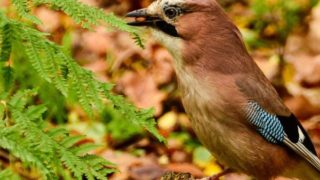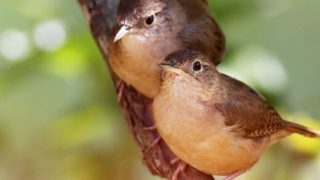Essential Questions
- How can we classify birds by their appearance, size, and motion?
- How can we identify birds based on their traits?
- How can we track the presence of birds in our schoolyard?
Standards Addressed
- SKL1. Students will sort living organisms and non-living materials into groups by observable physical attributes.
- b. Group animals according to their observable features such as appearance, size, motion, where it lives, etc. (Example: A green frog has four legs and hops. A rabbit also hops.)
- SKL2. Students will compare the similarities and differences in groups of organisms.
- a. Explain the similarities and differences in animals. (color, size, appearance, etc.)
CCSS.MATH.CONTENT.K.CC.B.4 MGSEK.CC.4 Understand the relationship between numbers and quantities; connect counting to cardinality.
-
- CCSS.MATH.CONTENT.K.CC.B.4.A When counting objects, say the number names in the standard order, pairing each object with one and only one number name and each number name with one and only one object.
- CCSS.MATH.CONTENT.K.CC.B.4.B Understand that the last number name said tells the number of objects counted. The number of objects is the same regardless of their arrangement or the order in which they were counted.
- CCSS.MATH.CONTENT.K.CC.B.5 MGSEK.CC.5 Count to answer “how many?” questions about as many as 20 things arranged in a line, a rectangular array, or a circle, or as many as 10 things in a scattered configuration; given a number from 1-20, count out that many objects.
- CCSS.MATH.CONTENT.K.CC.C.6 MGSEK.CC.6 Identify whether the number of objects in one group is greater than, less than, or equal to the number of objects in another group, e.g., by using matching and counting strategies.
- CCSS.MATH.CONTENT.K.MD.B.3 MGSEK.MD.3 Classify objects into given categories; count the numbers of objects in each category and sort the categories by count.
GSES
- SKL2. Obtain, evaluate, and communicate information to compare the similarities and differences in groups of organisms.
a. Construct an argument supported by evidence for how animals can be grouped according to their features.
Recommended Resources
Online
Counting is for the Birds
Author(s): Frank Mazzola Jr.
Publication Year: 1997
Count up to twenty colorful backyard birds as they gather to crack seeds at the feeder while a cunning cat lurks below! What will be the fate of these colorful birds? The surprise ending will delight readers of all ages.


